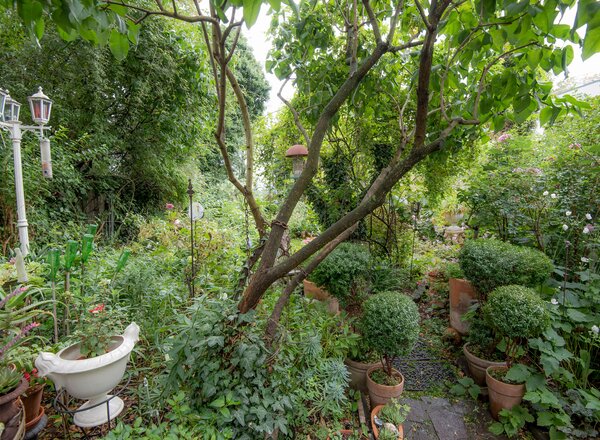Compensation
To compensate, experts identify areas and systems where ecological added value can be created, including houses, facades, roofs, pathways, wasteland, industrial facilities and watercourses. When compensating, we strengthen the ecosystem or biodiversity and human health by re-qualifying and optimising existing green and blue spaces, creating new ecologically valuable biotopes (open spaces but also green buildings) and developing and maintaining these in a location-adapted and diverse complex.
The integration of greenery on buildings holds significant promise for enhancing the environmental quality of urban spaces. The benefits are numerous: it leads to a better quality of life, promotes biodiversity, and provides cooling through evaporation and shade. It also reduces fine dust pollution, decreases the volume of precipitation runoff, contributes to thermal insulation, offers improved elemental protection, and lowers surrounding noise levels. Building features such as façades, roofs, garages, and underground parking lots are all viable candidates for greening.
This generates numerous valuable ecosystem services, which compensate for losses or pressures autonomously in the long term and secure human livelihoods. It is especially crucial in urban areas to ensure that certain spaces are accessible and can be experienced by the public.
Compensating for unavoidable negative impacts on nature in relation to products and services is an important step towards environmental neutrality.
